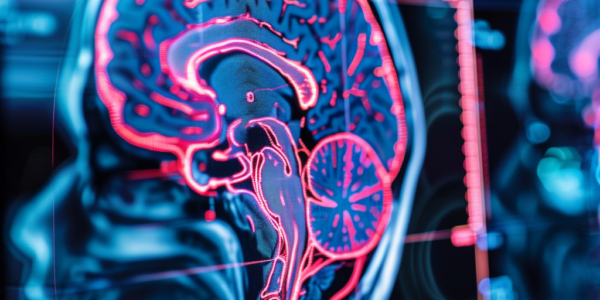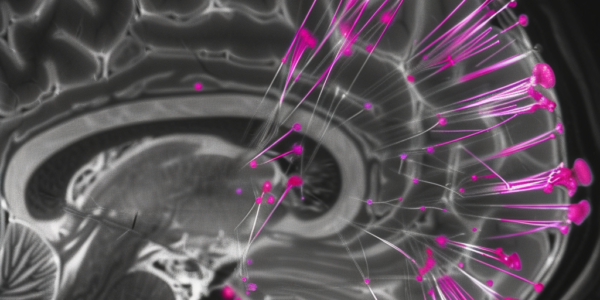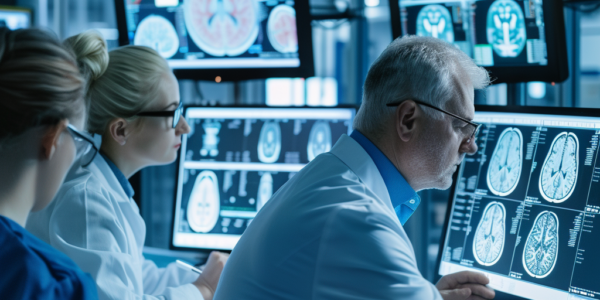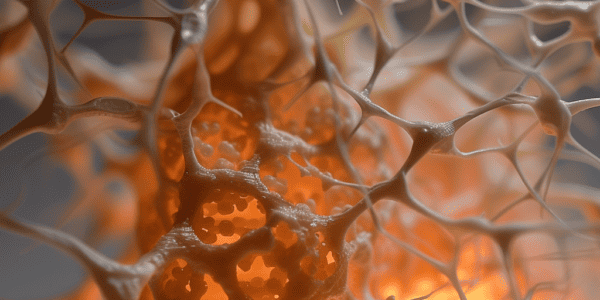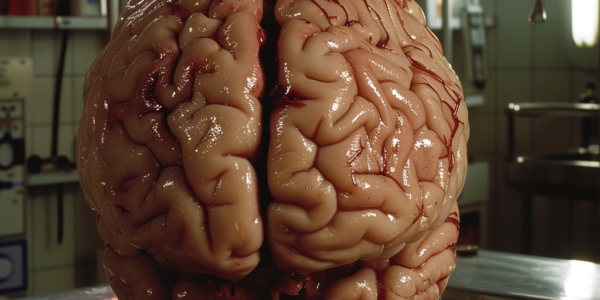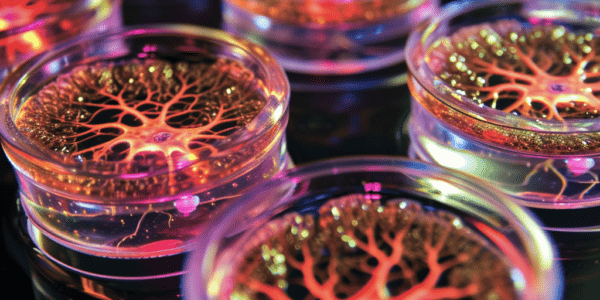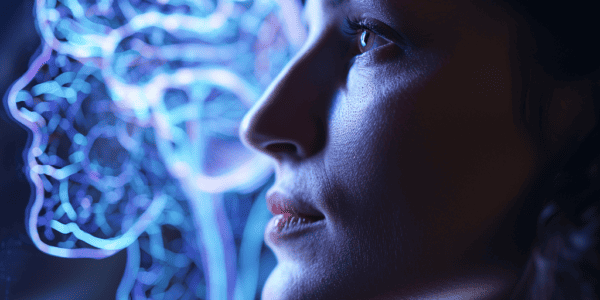Groundbreaking Bioluminescence Imaging Technique Revolutionizes Study of Oxygen Movement in the Brain
Groundbreaking study introduces bioluminescence imaging technique for real-time observation of oxygen movement in the brain, shedding light on hypoxia and related diseases. Method offers detailed insights into oxygen distribution and potential therapeutic interventions.
Stanford Medicine Study Reveals AI Can Distinguish Between Male and Female Brains with 90% Accuracy
Stanford Medicine researchers have developed an AI deep learning model that can distinguish between male and female brains with over 90% accuracy, shedding light on the impact of gender on brain development, aging, and neuropsychiatric diseases. The study’s findings have significant implications for developing personalized sex-specific biomarkers in psychiatric and neurological disorders, as well as innovative AI-based computational tools for future research.
Scientists Create Organized Stem Cell Culture Model Resembling Human Embryonic Brain and Spinal Cord
University of Michigan, Weizmann Institute of Science, and University of Pennsylvania engineers and biologists have created a groundbreaking stem cell culture model resembling the embryonic brain and spinal cord. This model has the potential to revolutionize the study of neurological and neuropsychiatric diseases.
Stanford Medicine Study Reveals Groundbreaking Findings on Male and Female Brain Organization Patterns
Stanford Medicine’s recent study unveils groundbreaking findings on distinctions between male and female brain organization patterns. The research introduces a powerful new artificial intelligence model capable of distinguishing between male and female brains with over 90% accuracy. The study, published in the Proceedings of the National Academy of Sciences, addresses the controversy surrounding reliable sex differences in the human brain and emphasizes the significance of sex in human brain development, aging, and the manifestation of psychiatric and neurological disorders.
Groundbreaking Study Translates Thoughts of Non-Communicative Individuals into Natural Language
Groundbreaking study at the University of Texas achieves milestone in neuroscience and technology by translating thoughts of non-communicative individuals into natural language using AI and brain imaging. Research represents significant step towards deciphering the human mind with far-reaching implications for neuroscience.
Scientists Develop World’s First 3D-Printed Brain Tissue with Potential to Revolutionize Neuroscience and Brain Disorder Treatments
Scientists in Wisconsin, USA, have achieved a groundbreaking feat in the field of neuroscience by developing the world’s first 3D-printed brain tissue that mimics the functionality of natural brain tissue. This development is a significant stride towards the advancement of treatments for neurological and neurodevelopmental disorders such as Alzheimer’s and Parkinson’s disease. The innovative approach employed by the scientists involved the use of a 3D printer that departed from the conventional method of stacking layers vertically. Instead, they utilized a horizontal layering technique and placed brain cells, specifically neurons derived from induced pluripotent stem cells, in a softer ‘bio-ink’ gel compared to previous attempts. According to Su-Chun Zhang, a professor of neuroscience and neurology at UW–Madison’s Waisman Center, the 3D-printed brain tissue provides a powerful model for understanding human brain cell communication. This breakthrough has the potential to revolutionize stem cell biology, neuroscience, and the understanding of various neurological and psychiatric disorders.
Researchers Keep Pig’s Brain Alive Outside of Body for Five Hours
In a groundbreaking and somewhat eerie scientific experiment, researchers have successfully kept a pig’s brain alive for five hours after it was separated from the body. This astonishing achievement, detailed in a recent publication in Scientific Reports, opens up new…
Scientists Grow First Brain Organoids from Human Fetal Tissue, Opening New Window into Brain Development
Scientists have achieved a significant milestone in brain research by growing the first brain organoids from human fetal tissue. These brainlike structures, called organoids, could provide a realistic model to study developmental disorders and brain cancers, offering a window into…
Beliefs’ Impact on Brain Activity and Drug Dosing Behavior
Mount Sinai Hospital researchers have made a groundbreaking discovery, revealing that an individual’s beliefs about drugs can significantly impact their brain activity and behavior, much like the effects of pharmacological treatments. This finding has far-reaching implications for addiction treatment and…
Breakthrough in Understanding the Human Language Network Using Large Language Models
Researchers have made a significant breakthrough in understanding the human language network using large language models. A study published in Nature Human Behaviour on 03 January 2024, titled ‘Driving and suppressing the human language network using large language models,’ sheds…


